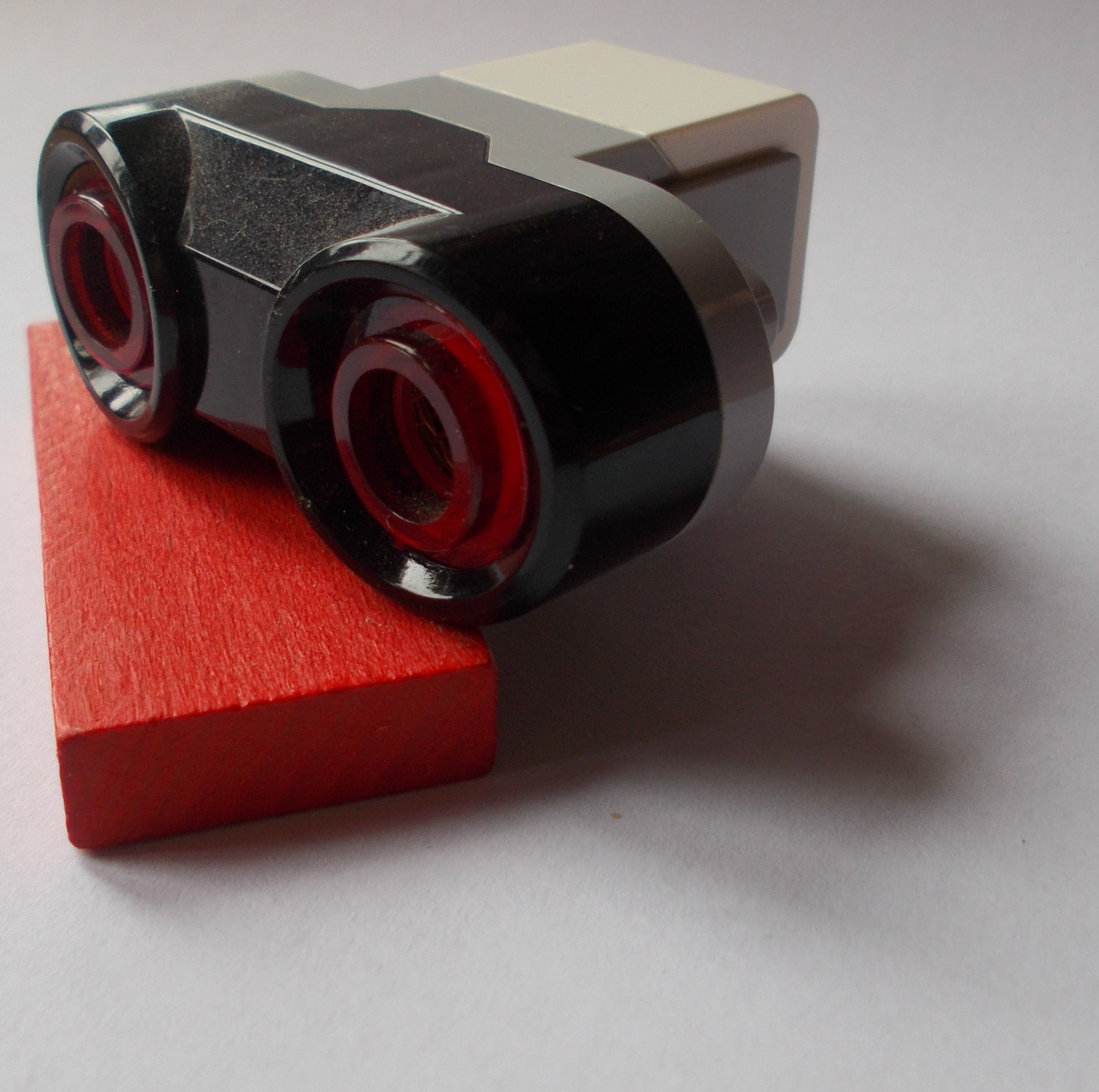
Tesla’s latest innovation, Actually Smart Summon (ASS), is revolutionizing the automotive landscape by allowing owners to summon their cars from afar using the Tesla mobile app, showcasing their unwavering commitment to autonomous driving.
Initially rolled out to a select group of beta testers, ASS has shown to operate seamlessly in various real-world scenarios, making it a highly discussed topic among both Tesla enthusiasts and the broader auto community. The feature is expected to be widely available soon, with Elon Musk hinting at a release for all Tesla owners shortly. But the real question on everyone’s mind is: how do the two hardware versions stack up against one another?
The test conducted by two prominent Tesla owners
The test conducted by two prominent Tesla owners, Zack and Omar, provided valuable insights into the performance differences between HW3 and HW4 Model 3s during the Actually Smart Summon feature trials. Zack’s 2018 Model 3 equipped with HW3 includes ultrasonic sensors and the legacy Intel Atom graphics processor, whereas Omar’s 2024 Model 3 uses HW4, which operates without ultrasonic sensors and is powered by the latest AMD Ryzen APU. The differences in technology present an intriguing juxtaposition as both cars were put to the test in a moderately busy parking lot filled with pedestrians.

As the test commenced, both models executed the ASS feature impressively. The initial findings were astonishing: both HW3 and HW4 performed almost identically in their ability to navigate the parking lot and respond to obstacles. This similarity in performance has raised optimism within the Tesla community, indicating that the legacy HW3 is still capable of handling advanced features, including ASS. With the confidence of both drivers, they shared updates on social media, expressing their delight at the responsiveness and efficiency of the cars during the test.
Another noteworthy aspect of the comparison was the positive behavior shown by both vehicles around pedestrians. For a feature designed to operate in close proximity to people, this aspect is crucial. The behavior displayed by both models demonstrates Tesla’s commitment to safety and its ability to adapt to real-world conditions. Observers noted how well the cars made quick decisions, which is essential for autonomous driving technology. The overall performance left both Zack and Omar impressed and reaffirms the extensive groundwork laid by Tesla in developing autonomous features.
In addition to the hands-on experience, the video footage shared during the tests has provided visual proof of the capabilities of both HW3 and HW4. Viewers could see how each vehicle maneuvered around obstacles and reacted to the presence of pedestrians. The striking similarity in their behavior is a testament to how far Tesla has come in perfecting their autonomous driving system, regardless of the hardware used. As the community eagerly awaits the wide release of ASS, the early tests have already set a high bar for performance and reliability.
The buzz around the ASS feature is heightened by the fact that existing HW3 vehicles are not being sidelined in the quest for autonomy, easing concerns among HW3 owners who feared obsolescence; this comparative test shows that both hardware generations deliver impressive results, ensuring that earlier models can thrive alongside newer ones.
Ultimately, the performance comparison between HW3 and HW4 serves as a crucial milestone in understanding Tesla’s autonomous driving capabilities. The ability of both models to execute the Actually Smart Summon feature so similarly not only highlights the effectiveness of Tesla’s software but also reinforces the notion that the ongoing development in autonomous driving will continually enhance the driving experience for all Tesla owners, regardless of the hardware installed in their vehicle. As Tesla prepares for a broader rollout of ASS, the community remains optimistic about what the future holds for their beloved vehicles and the advancements yet to come.
The performance analysis of Tesla’s Actually Smart Summon (ASS) feature across its two hardware generations—HW3 and HW4—delivers an intriguing insight into Tesla’s innovative capabilities. As Zack and Omar took their respective Tesla Model 3s for a spin in a bustling parking lot, the atmosphere was charged with anticipation, and they were ready to document how each hardware version would handle the challenges of real-world scenarios.

Aspects need to note
One of the first aspects to note was the fundamental differences in the hardware setups themselves. The HW3 model, originating in 2018, boasts ultrasonic sensors and the older Intel Atom graphics processor. In contrast, the HW4 model from 2024 is devoid of ultrasonic sensors, relying instead on the cutting-edge AMD Ryzen APU. This shift in hardware architecture provides a fascinating backdrop for understanding the evolution of Tesla’s technology and how it impacts performance.
As both vehicles activated the Actually Smart Summon feature, it was striking to observe that their operational capabilities were remarkably similar. Both HW3 and HW4 performed almost identically during the tests, efficiently navigating through the crowded parking lot and reacting to moving pedestrians with impressive agility. This was no small feat, considering the complexities associated with maneuvering in such an environment.
The comparable performance of HW3 and HW4 raises intriguing questions about the true benefits of the HW4 upgrade—does the latest hardware truly elevate autonomous capabilities, or has Tesla’s software matured sufficiently to maximize the potential of existing systems? It appears that Tesla’s software expertise plays a crucial role, as both models demonstrated a sophistication that meets the demands of modern autonomous driving expectations.
Tesla’s dedication to safety was evident in the performance analysis, as both HW3 and HW4 vehicles showed commendable behavior around pedestrians, effectively navigating obstacles and making quick decisions, which underscores Tesla’s commitment to not only performance but also to the safety of every road user.
The tests vividly illustrated how well these systems adjust to real-world situations, with Zack and Omar sharing their enthusiastic feedback on social media, reflecting the excitement of many Tesla fans who have awaited a reliable and consistent autonomous driving feature across hardware generations.
Furthermore, the analysis provided by video footage from the tests added a compelling visual dimension to the performance evaluation. Viewers could witness firsthand how both models maneuvered smoothly and efficiently. The engaging nature of this content not only serves to illustrate the capabilities of Tesla’s technology but also cultivates a deeper sense of community among Tesla owners eager to share in the excitement of innovation.

As the autotonomous driving landscape continues to evolve, the performance comparison of HW3 and HW4 during the Actually Smart Summon tests stands as a testament to Tesla’s ongoing commitment to enhancing the user experience. It highlights a broader message: even older vehicles with HW3 hardware are not obsolete but rather equipped to benefit from emerging technologies.
The enthusiasm surrounding the performance of both models underscores Tesla’s intention to maintain a cohesive ecosystem where all users can experience advancements in self-driving features without necessitating hardware upgrades. This is significant, especially for owners who may feel apprehensive about being left behind as technology progresses. The parity in performance between HW3 and HW4 fosters a sense of inclusivity, where every Tesla owner can look forward to the future with confidence.
The future
Looking to the future, these findings suggest a promising horizon for Tesla’s autonomous technology, emphasizing potential software advancements that can enhance existing hardware; the anticipation within the Tesla community is palpable as owners eagerly await the rollout of Actually Smart Summon, fostering an environment rich in collaboration and shared knowledge about technological growth.

The performance analysis of HW3 and HW4 during the Actually Smart Summon tests not only showcases Tesla’s innovation but also paves the way for future strides in autonomous driving; as we anticipate more developments from Tesla, this comparison serves as a reminder of the thrilling possibilities ahead for the automotive sector and Tesla’s integral role within it.
Related posts:
Watch how Actually Smart Summon (ASS) works on HW3 vs HW4 Tesla cars
Tesla’s HW3 and HW4 Cameras: Comparing the Differences in Quality and Hardware
Tesla formally releases Actually Smart Summon (A.S.S.)





